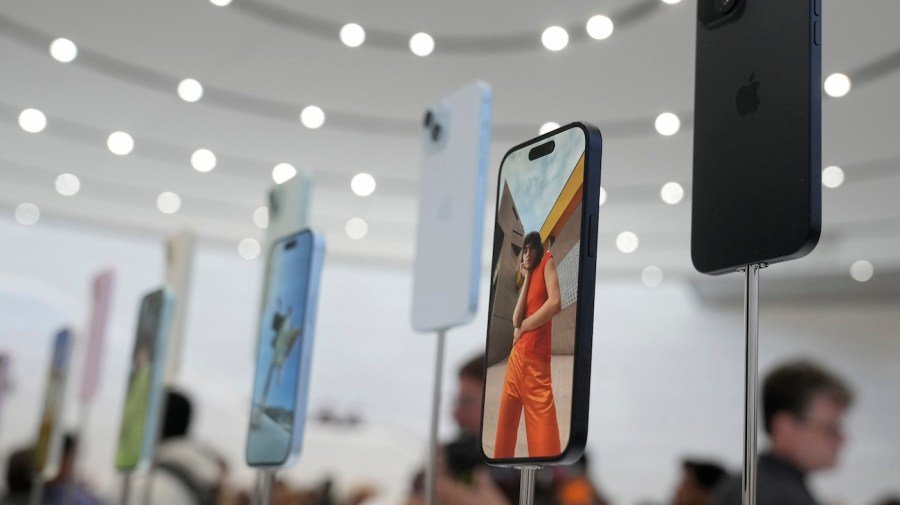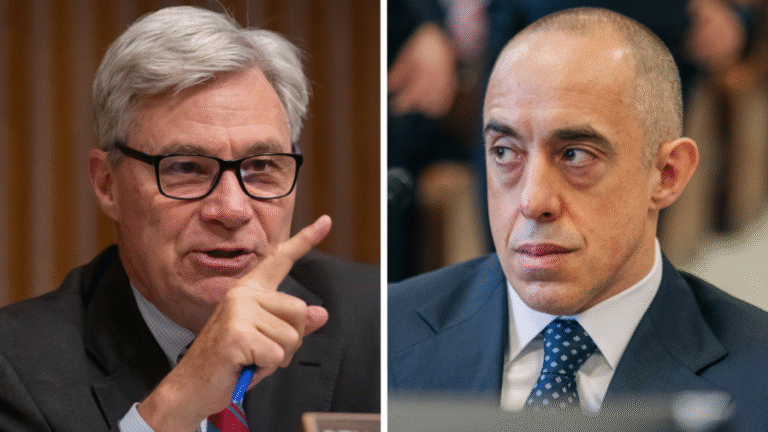
India has overtaken China as the leading exporter of smartphones to the U.S., as Apple continues to shift production in the face of the Trump administration’s tariffs, according to new research released Monday.
Canalys, a global tech market analyst firm, found that 44 percent of U.S. smartphones were manufactured in India in the second quarter of 2025, while just 25 percent were manufactured in China during the same three-month period.
This represents a massive 240 percent jump for India, which produced only 13 percent of American smartphones between April and June of last year, when China commanded 61 percent of the market.
“India became the leading manufacturing hub for smartphones sold in the US for the very first time in Q2 2025, largely driven by Apple’s accelerated supply chain shift to India amid an uncertain trade landscape between the US and China,” Sanyam Chaurasia, a principal analyst at Canalys, said in a press release.
Apple produces the vast majority of its products in China but has increasingly sought to diversity its supply chains by moving some manufacturing to India and Vietnam.
Vietnam also saw its share of U.S. smartphone production grow in the second quarter, overtaking China with 30 percent of the market. At the same time last year, Vietnam was responsible for 24 percent of U.S. smartphone production.
Apple’s shift toward India and Vietnam has been a double-edged sword. In the face of sky-high tariffs on Chinese goods earlier this year, the iPhone maker said the majority of its U.S. products would come from the two countries.
The Trump administration raised tariffs on Chinese imports to 145 percent earlier this year, in response to which Beijing raised its import tax on American goods to 125 percent. The two sides ultimately agreed to lower these rates to 30 percent and 10 percent in May, a truce they agreed to extend for another 90 days on Tuesday.
However, President Trump has also gone after Apple for its overseas manufacturing, threatening the company with a 25 percent tariff in May unless it moved more manufacturing to the U.S.
Experts have warned this is largely infeasible given it would require massive investments and an extended period of time to move smartphone manufacturing to the U.S., while also resulting in higher smartphone prices.
Trump never followed through on his threat to tariff Apple, but the iPhone maker is bracing for the administration’s next move, as the president’s “reciprocal” tariffs are set to take effect Friday after a 90-day delay.
Trump announced in early July that he had reached a trade deal with Vietnam, in which U.S. goods would enter the country duty-free while Vietnamese imports would face a 20 percent tariff. Goods shipped through Vietnam will face a higher 40 percent rate.
The deal had not been finalized as of mid-July, although Trump said it was “pretty well set,” according to Reuters. The administration has not yet reached an agreement with India.


